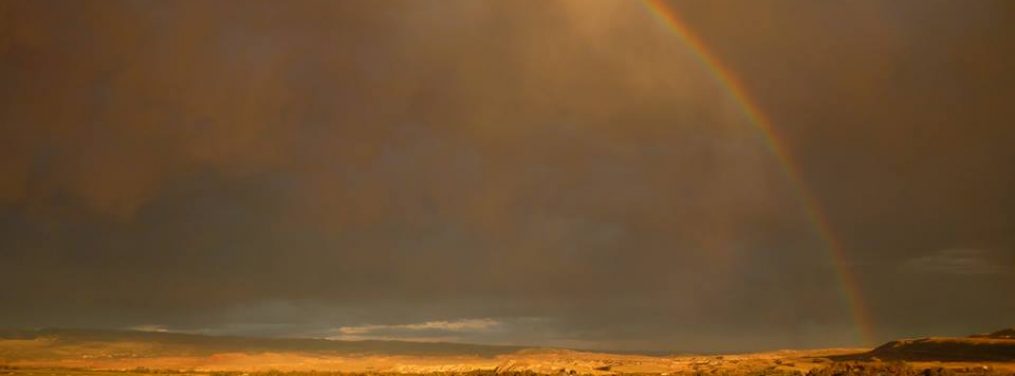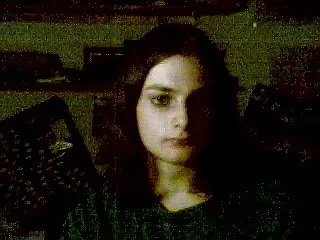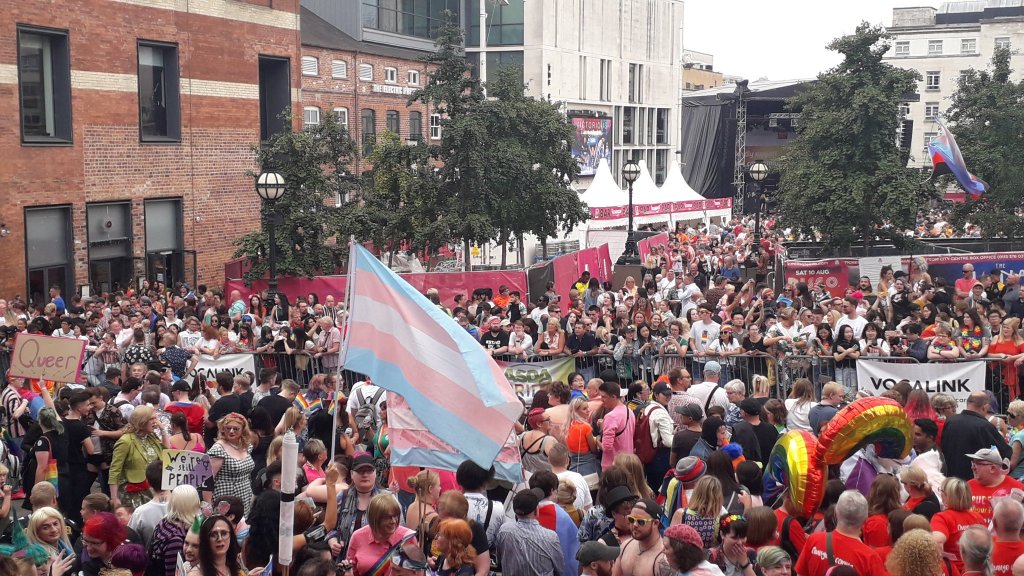Lost for words
The first time I knowingly met someone who was almost certainly trans I didn’t have the language to understand what was happening. It was pretty awkward for us both.
I must have been 15 or 16 or so, circa 2002. I was at a house party where I didn’t know many people. I felt awkward and out of place. I’d turned up with a small group of friends who all seemed far cooler than I’d ever be, and they’d mostly wandered off to Do Gender and make out with each other heterosexually. I awkwardly wandered around, quietly observing people, far too shy to start a conversation. I have blurry memories of dark corridors, drunken teens, a small living room full of scary-looking hairy people listening to System of a Down.
And then I came across this…person.
I read her voice and appearance as male – but her friends used a female name and pronoun for her. Looking back, I’m pretty sure she was a trans girl early in transition, and all her cis mates had her back – as mine would a mere year or so later.
I saw something in her which I immediately recognised, but didn’t know what to call it. I desperately wanted to speak with her, but didn’t know what to say.
I think what I wanted to express was, “I am like you”. But dozens of awkward online searches for phrases like “boy who wants to be a girl” hadn’t quite yet led me to the magic word, transgender. So what I actually said was,
“So what’s with the boy-girl thing?”
Understandably, she didn’t really want to chat. If someone said the same to me after I came out to myself properly a few months later, I probably wouldn’t have wanted to speak with them either.
Gerroff my lawn
The present moment is pretty awful for trans people. Here in the UK, we are now about four years into an extended moral panic over our very existence. It’s like a continual background noise we can never escape: constant misinformation from politicians and the press; attempts to ban us from sports, public toilets, women’s shelters, and rape crisis centres; unrelenting attacks on affirmative healthcare for trans people, especially trans youth.
I therefore often feel quite cynical about recent innovations such as Trans Day of Visibility (or TDOV, for those who enjoy a sexy acronym). As so many trans writers have observed, visibility is not always a positive thing for trans people, especially those such as Black trans women who face multiple marginalisation. The context of our visibility is shaped by neoliberal economics and the violent legacy of colonialism.
Visibility means danger. Visibility means we are seen by those who would cause us harm in the streets and in the halls of power. Visibility puts a target on our back.
Events such as TDOV can also serve as a site of tokenism and appropriation. Trans visibility all too easily becomes a commodity for those who wish to sell us ideas or products, or sell the idea of us to other people. For example, this morning Labour and the Women’s Equality Party released short, empty statements to “celebrate” TDOV, despite having allowed virulent transphobia to fester within their structures.
In the midst of all this, it can be easy to lose sight of just how far we have come – and how important visibility can be for our liberation.
Choosing visibility
When I first came out, I was lonely beyond words.
Part of the reason it took me so long was that there weren’t really any visible examples of trans lives available to me, let alone examples of trans art, culture, writing. It was so hard to find myself because it was so hard to find community. When I was at that party, and met that other trans girl, I knew I was something but it was hard to find what out what that thing was. We didn’t hear about people like us in school or on TV – unless I was somehow meant to be the pathetic sex-change taxi driver from The League of Gentlemen or the glamorous but deceptive villain from Ace Ventura.
Of course, vibrant trans communities long pre-dated the early 2000s, but there was no way for me to know that. They simply weren’t visible for me – until I finally stumbled onto transvestite and transsexual communities on the internet, and then eventually found other trans teens.
Online communities were a lifeline for me – but I still didn’t knowingly meet other trans people until several years into my transition (it did later turn out that one of my best friends was also trans, but that’s another story). I felt very held by the people around me, but also felt there was no-one to talk with in person who truly understood what was happening for me and why. When I turned to the NHS for help, I was refused a gender clinic referral until I was 18. It’s no wonder so many people from my generation who knew they were trans as kids didn’t come out until a lot later.
At 19, I went to university – and went stealth. I thought it was what we were supposed to do. I thought it was what I wanted. To be seen as a “real” girl, for no-one to know I was trans. In practice, it was…complicated. I certainly felt a lot safer, and experienced a lot less harassment. But I still didn’t get access to hormones until I was 20, and found it really scary hiding my body and my history when living in student halls. I disclosed my trans history to a few close friends, but was constantly worrying about who else “knew” and what that might mean for me.
One of the few places I disclosed my trans status was the student LGBTUA society. I joined as the only known trans member, and agreed to be a point of contact for other trans students on condition of anonymity. That, it turned out, was enough for me to finally find community.
I was barely visible – but visible enough. Other trans people made contact and started coming out on campus. We began to run our own events and put up posters with the trans symbol and an email address, emblazoned with the slogan “YOU ARE NOT ALONE”. I went to NUS conferences and met more trans people and we started campaigning for all-gender toilet provision and legal protections. The more visible we were, the more people came out, and the more people became involved in our communities and activism, which meant we became more visible again.
At 21, I decided to disclose my trans identity to everyone in my life. It was a personal decision – to move past the paranoia and shame of stealth and instead embrace trans pride. But it was also a political decision – to be more visible to other trans people.
Possibility models
Trans actress Laverne Cox has spoken extensively about “possibility models” – the idea that seeing other trans people shows you that trans life is possible. Not just in terms of being out, but in terms of doing things while trans. Unlike a “role model”, a possibility model gives people space to find their own path, their own possibilities, rather than base their ambitions directly on the achievements of another.
For me, the real power of trans visibility lies in the potential we hold to build community, and to act as possibility models. To know we have value to one another. To know we have the potential to create and inspire: to write, to draw, to paint, to act, to speak, to love, to be loved, to simply be.
This isn’t about our potential value to cis culture, as scapegoats or inspiration porn. It’s about our actual value to one another.
This has to be a collective movement. If trans visibility is just about individual “success”, then inevitably many of the most visible trans people will be those who are more privileged. We have to lift one another up – and those of us who benefit from whiteness or citizenship or being middle-class or being abled need to think about how we can account for that, signal boost other people from our communities, or sometimes step aside from an opportunity. The whole point of trans visibility is for every trans person to see themselves as possible.
This is where the real potential lies with Trans Day of Visibility. I will never forget the overwhelming awkwardness of trying to speak yourself into existence when you simply don’t have the language available to you, when you don’t see anyone like you in the world to show that your future is possible. In spite of everything, the world has changed for the better for trans people over the last two decades. It’s no wonder that more of us are coming out than ever, at earlier ages too.
Let’s carry on changing the world together.



